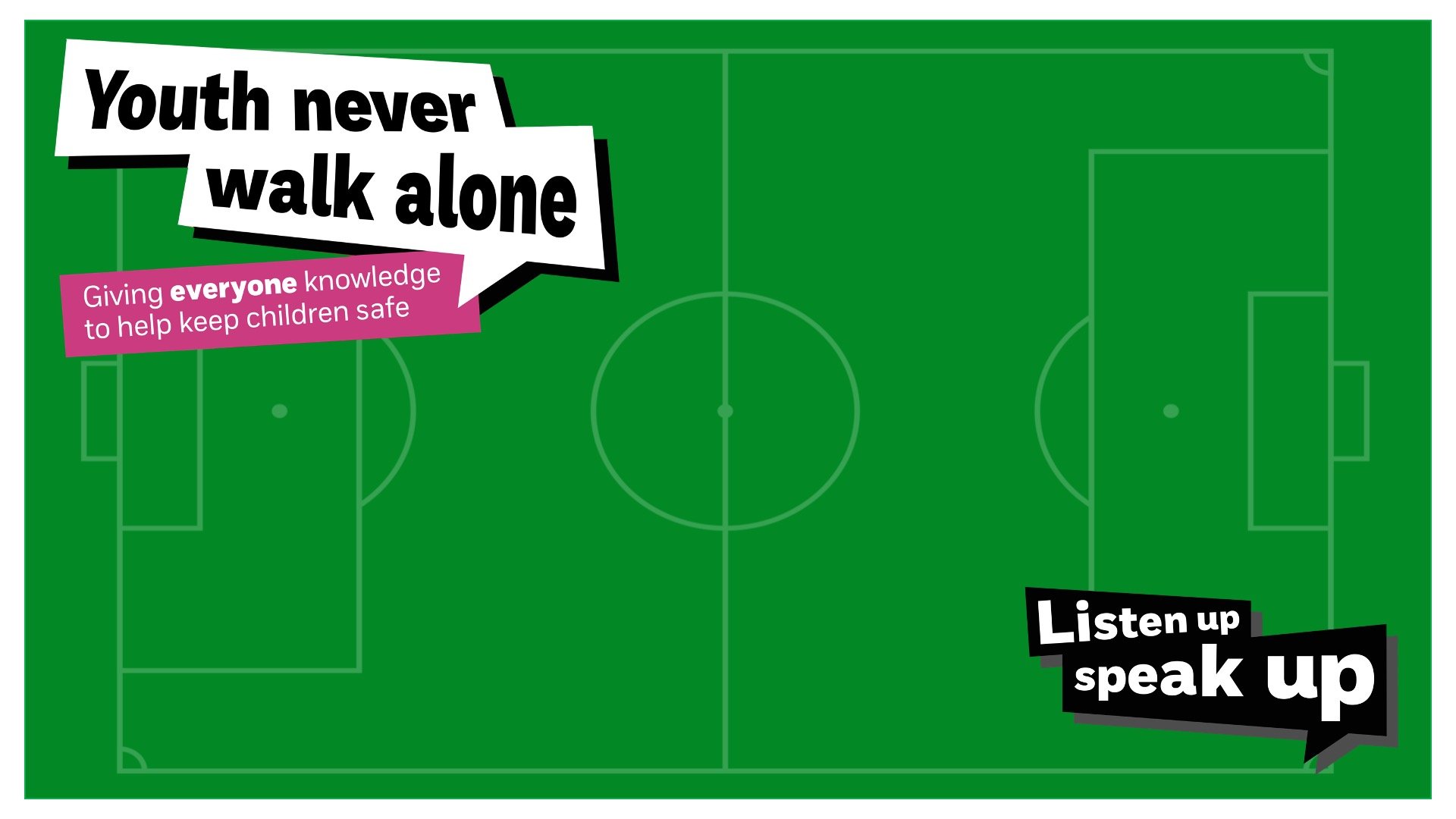How we nearly scored a hat trick with our Young Lions entry
By: Lily Germain | Senior Campaign Executive
It was that time of year again. The PRCA Young Lions PR competition was taking applications, so we (Jasmine and Lily) put ourselves forward.
While we may not have come out in top spot, being selected as one of six to present our idea out of 57 applicants was no easy ride. We’re really proud of our idea and wanted to share our learnings from the experience.
The competition is intense. Teams of two have just 24 hours to turn a brief into a campaign, presented over 10 slides with a campaign summary of 450 words. For this year the client providing the brief was the NSPCC. With a budget of £50,000, our objectives were:
Provide a creative PR idea and execution to compliment the marketing – to relaunch NSPCC’s training ‘Listen Up Speak Up’.
Reach an extra 50,000 people with the training.
Involve individuals with lived experiences of abuse of neglect in the campaign.
Make the training more accessible, to help reach an even wider audience.
Our idea:
The process
Pre-match prep
Once the brief came in at 10am, we got down to business. Scribbling stand out notes on post-its and sticking them on the wall, we were forming an abstract art piece out of our thoughts. Breaking down the most important information is key here, so you can move forward with tunnel vision.
Kick off
Using our internal creative process, we started to come up with ideas, and began grouping similar ones together. With around five tangible concepts, we started fleshing them out to see what we loved and what we loathed.
Half time
Struggling to commit to a single idea, we realised that regular breaks were key to zoning back into the process. Clearing our minds made room for creative thinking. Having a change of scenery also helped us re-evaluate our ideas. Some of those we thought were killer? On second thought they probably weren’t…
Second half
We decided on our idea “Youth Never Walk Alone” a whole eight hours after receiving the brief, which seemed like a while. But taking this much time to decide on an idea meant we chose one we *really* loved, which helped us bring it to life.
Yellow card
But then we appeared to hit a hurdle… After deciding on our favourite idea, we realised neither of us knew anything (and we mean anything) about football. We worried our campaign may not logically work; due to the timings of the football season and mascots on the pitch - among other things. But after some furious Googling, we felt confident we could nail the campaign creatively and cohesively, phew.
The final whistle
After a longer break to demolish some food, we got to work on the presentation. Working solidly through the night, we were a well-oiled machine of insights, creativity, PR and campaign skills. Splitting the work to play to our strengths, we continued until we felt confident that there was nothing more we could do.
Using all the time allocated – quite literally submitting a minute early – we were finished.
Our main learnings
While churning out a creative brief with limited time was a challenge, we gained valuable insights from the process:
No idea is a stupid idea, but you can’t be afraid to speak openly. We created a space where we could both put forward ideas, but were allowed to say if we didn’t think the idea would work/ if creatively we had better. It helped us narrow our choices down MASSIVELY.
Always thinking of the worst case scenario. Once we had our final idea, we discussed how the idea might not work. This helped fuel the research side of things, and made sure we were completely confident we didn’t have an idea that would flop.
Take breaks. This was so important. While it seems tempting to keep going to make the most of the time, this can lead to tired brains. Tired brains = cracks in ideas. Taking time to clear our heads gave us an extra zing to keep going.
Work to your strengths. With a team of two, you need to rely on each other. Knowing each other’s strengths (and weaknesses) helped us here, so we knew how to navigate trickier moments.
And finally, breathe. It can seem like a minefield when you get going, but remember to enjoy the process.


